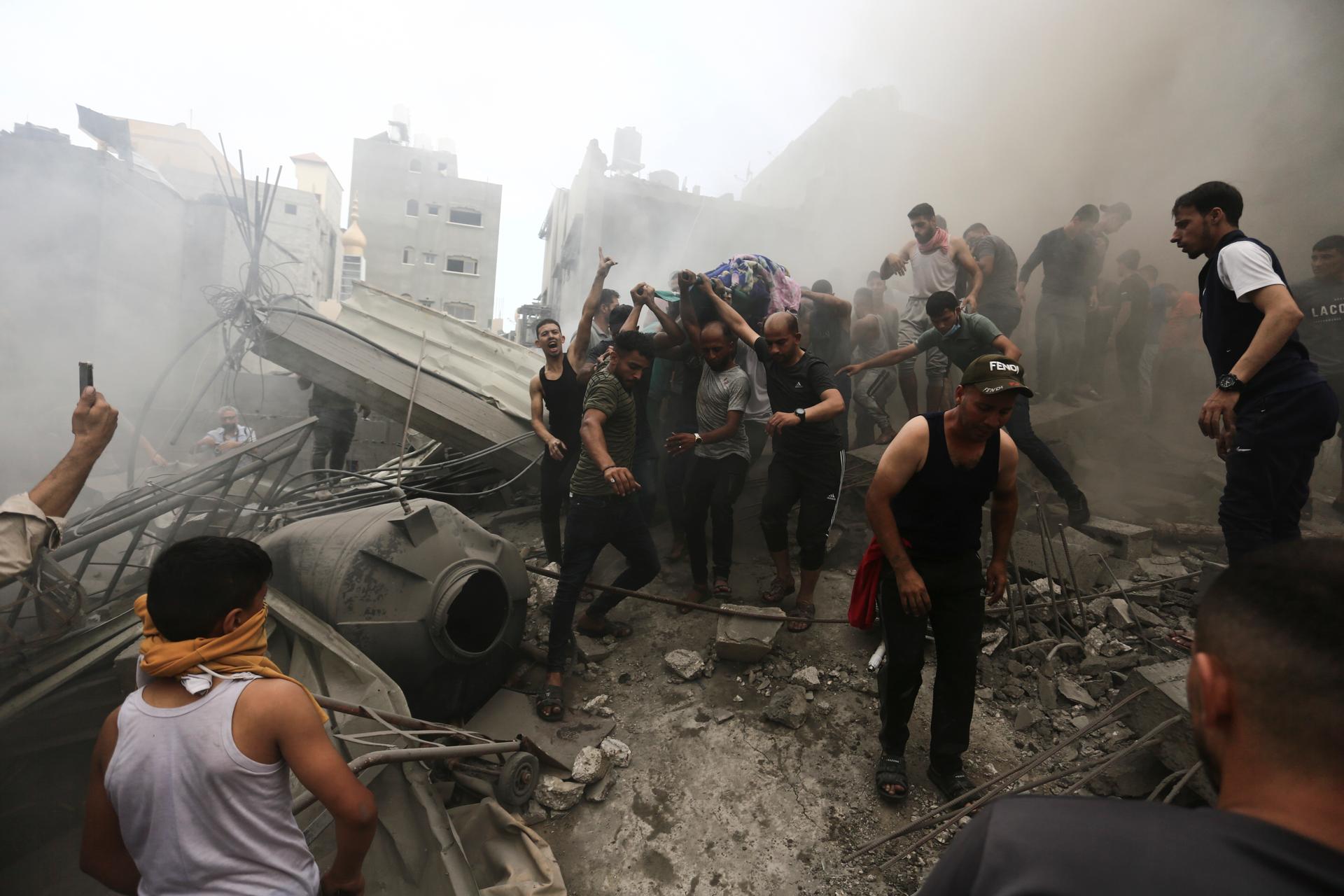


Gaza: The making of a ticking time bomb
NewsSince the creation of the state of Israel, Gaza has been a bastion of Palestinian resistance. Under blockade since 2007 after Hamas won legislative elections, the enclave turned into a volcano. On October 7, it erupted.
On September 11, 2005, the last Israeli flag flying over the Gaza Strip was taken down. After evacuating the Jewish settlers, Israel's troops abandoned the Palestinian territory they had conquered in 1967 during the Six-Day War. A bastion of resistance to Israeli occupation, Gaza came under the full control of the Palestinian Authority, in accordance with the "disengagement" plan advocated by then-Israeli Prime Minister Ariel Sharon. Was the 360 square kilometer enclave, home to 2 million civilians and a concentration of anger and misery, about to bid farewell to arms? Was it set to become the showcase for Palestinians' dreams of independence, the prototype of the state to which they aspired?
James Wolfensohn, a Jewish American multimillionaire familiar with the world's decision makers, was appointed to guide Sharon. The 73-year-old ex-president of the World Bank, who had just retired from the institution, accepted the role of Quartet Special Envoy, encompassing the United States, the European Union, Russia and the United Nations. His mission was to turn around Gaza's economy, which had been bled dry after the Second Intifada (2000-2005). Using his address book, the New York philanthropist collected $9 billion in pledges. Seen from abroad, hope did not seem to be forbidden. The New York Times columnist Thomas Friedman even predicted that Gaza could become the "Dubai on the Mediterranean."
Today, this outlook leaves a bitter taste. Under blockade since 2007 and bombed regularly, the Palestinian territory became a volcano. At dawn on October 7, it erupted. Covered by salvoes of rockets, more than a thousand armed men from Hamas, the Islamic Resistance Movement that has ruled the territory since 2006, broke through the fortified fence that separates it from Israel. The infiltrators poured into neighboring Jewish villages in pick-up trucks, motorcycles and even paragliders, wreaking havoc as they went. At least 1,300 people were killed, the vast majority civilians, and at least 120 others were kidnapped, according to the Israeli army. It's the worst massacre of Jews since the Holocaust.


In return, a rain of bombs and missiles fell on the Gaza Strip, decimating entire families. Buildings over ten storeys high were pulverized one after the other. More than 2.200 people, most of them civilians, have already died in this operation, which has probably only just begun.
Eighteen years after the 2005 withdrawal, the Israeli army could once again enter the Gaza Strip, as it did in 2014 during Operation Protective Edge. Plans are afoot for a long-term campaign to dismantle Hamas's military infrastructure. In the minds of Israeli leaders, Hamas is "the new 'Islamic State'," "a scourge that not even the devil created," in the words of Eli Cohen, the State of Israel's head of diplomacy. He said the "lair" of this absolute evil is Gaza.
You have 84.57% of this article left to read. The rest is for subscribers only.
